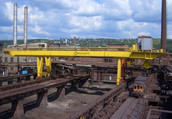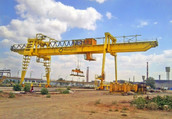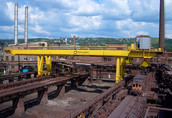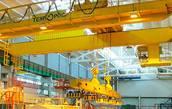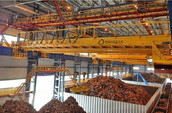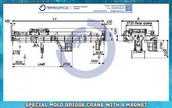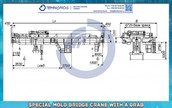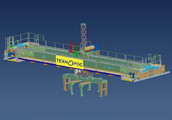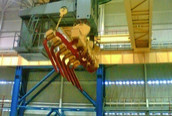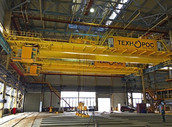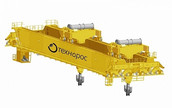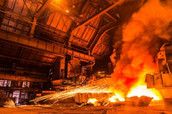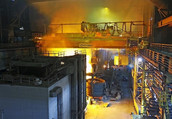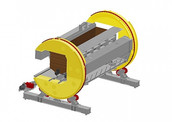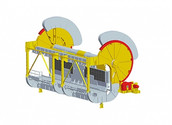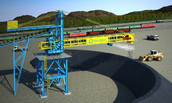Special bridge cranes are equipped with traverses to carry out different working procedures. These traverses are special load handling devices for handling of various cargo types.. They are usually removable and they are of beam space structure which is equipped with special gripping devices.
Depending on operational conditions and characteristics of the cargo to be handled traverses are divided into linear, dimensional, modular, mechanical and special types such as magnet, electromagnet, frictional and vacuum traverses with an appropriate type of gripping devices. Application of grippers of different types makes it possible to handle rolled steel, slabs, pipes, long cargoes and containers.
